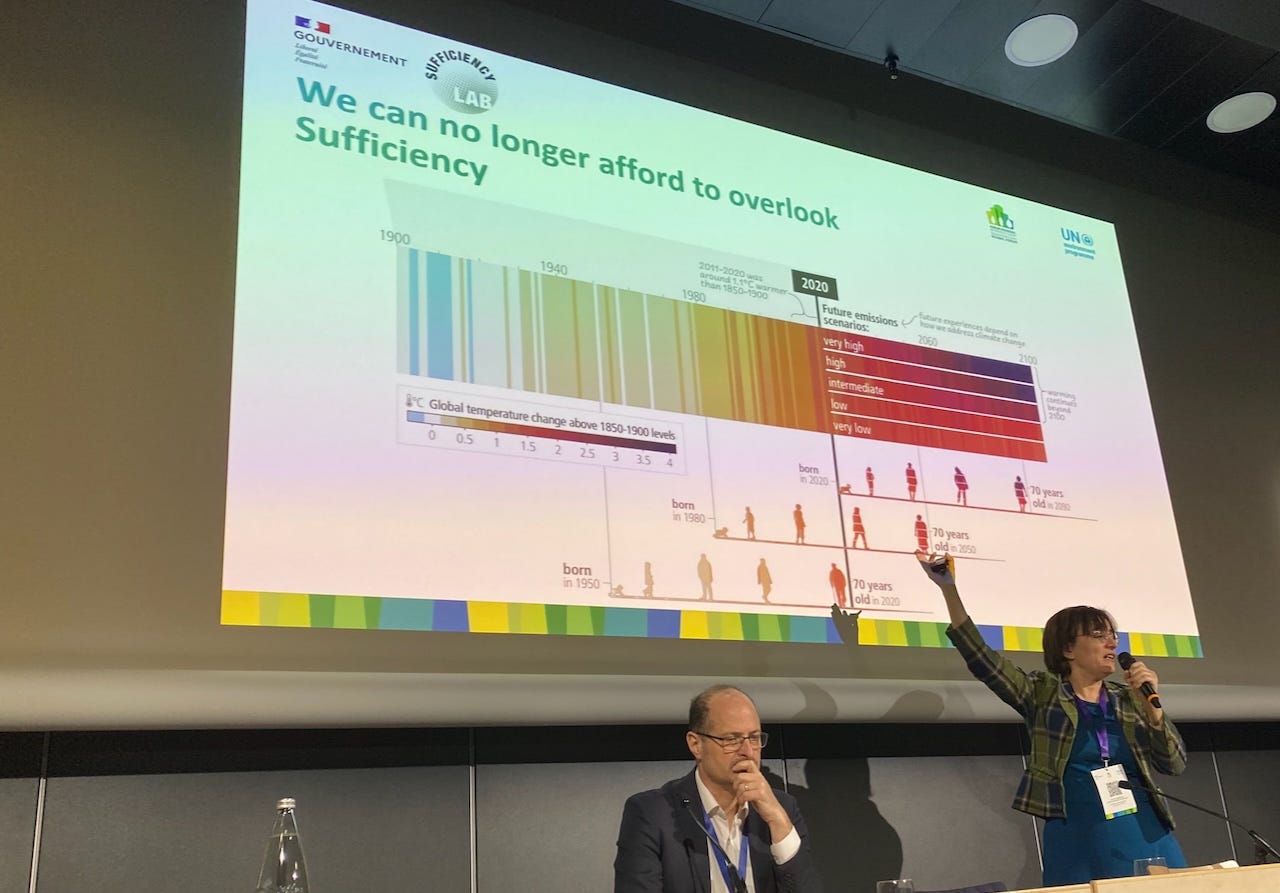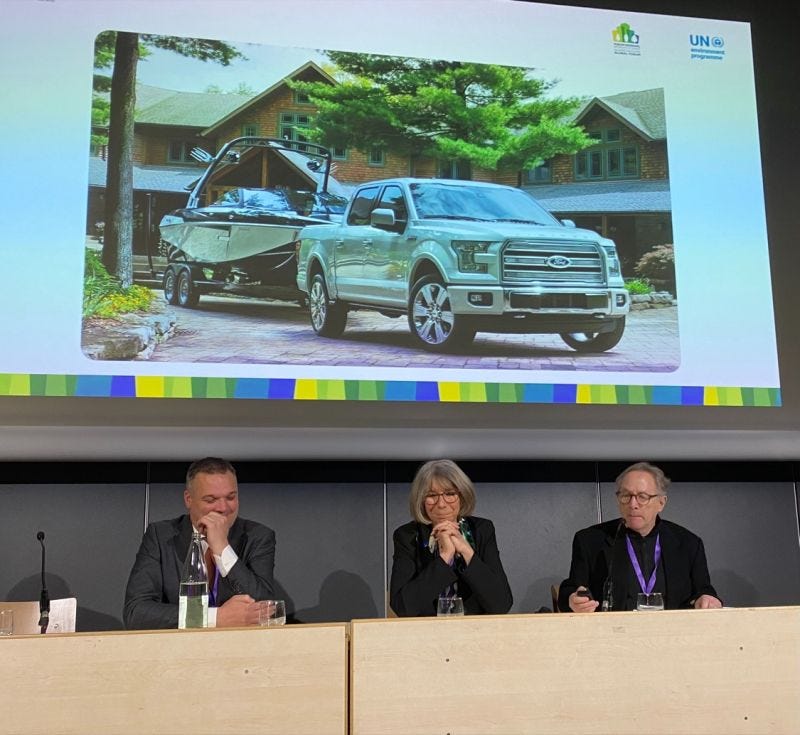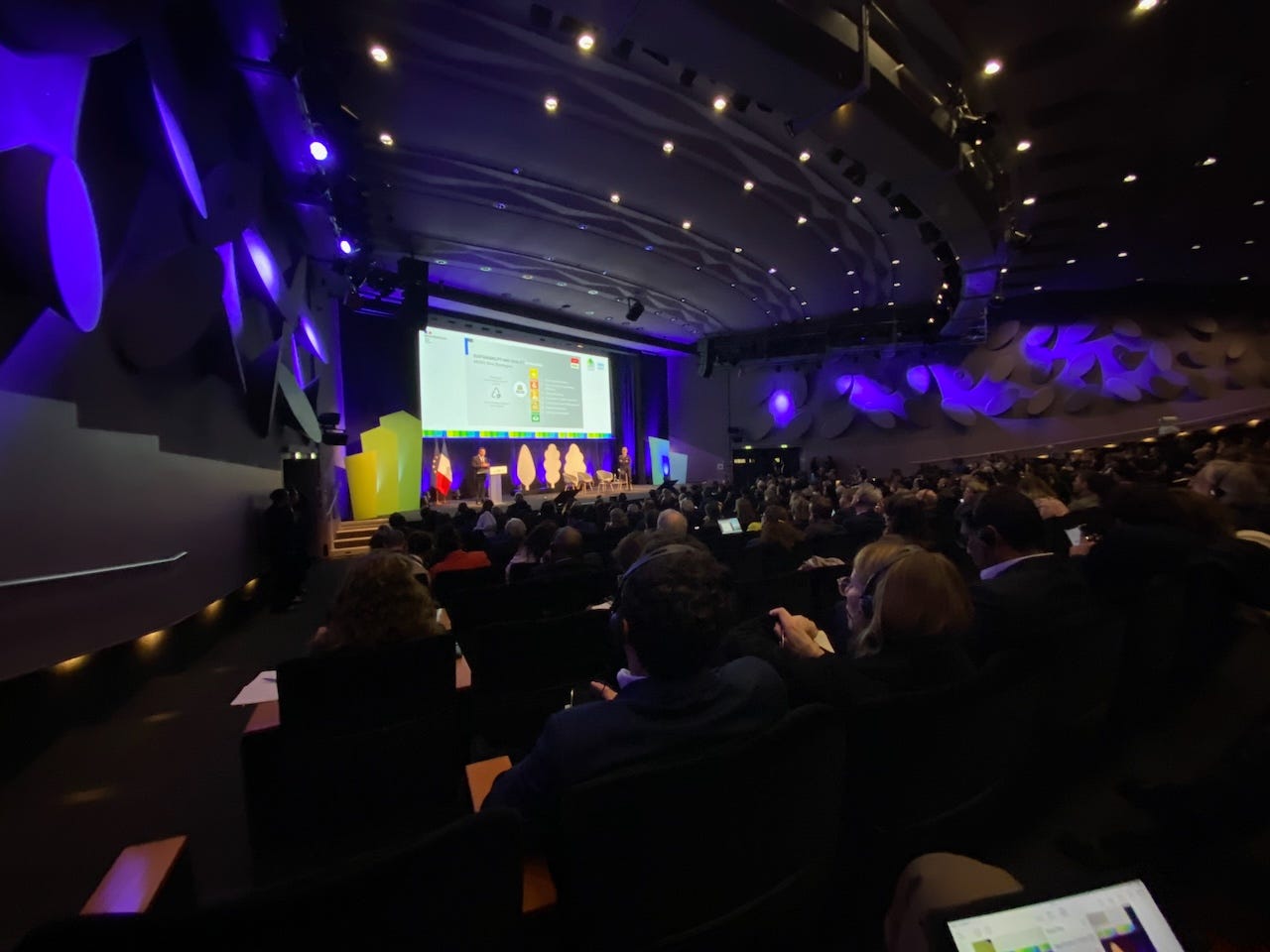Heritage Conservation as Climate Action
Exciting Advances from the UNEP Buildings and Climate Global Forum (Paris, March 7 & 8, 2024)
The powerful role culture and heritage can play in climate action is gaining increasing traction at key global forums once dominated primarily by technocratic voices. Beginning with COP26 in Glasgow, this message has been championed by the Climate Heritage Network (CHN) an international, volunteer-based network of 250 organizations that believes culture – from arts to heritage – enables transformative climate action by empowering people to imagine and realize low-carbon, just, climate-resilient futures. At COP28 in Dubai this past December, CHN led a successful “Culture at the Heart of Climate Action” push for a “Joint Work Decision on Culture and Climate Action” that will now see culture and heritage permanently embedded in future UN climate solution work.
One immediate result was that the Buildings and Climate Global Forum (Paris, March 7-8, 2024), organized by the UN Environment Programme, featured prominent CHN heritage voices – see videos of conference sessions here. Of particular interest was Session 16 – “Unlocking the Potential of Heritage and Existing Built Environment” and Session 9 – “Sufficiency and the Built Environment” featuring Lloyd Alter, Canadian architect, and author of “The Story of Upfront Carbon: How a Life of Just Enough Offers a Way Out of the Climate Crisis.”

Session 9 – “Sufficiency and the Built Environment” with (R) Sufficiency researcher Dr. Yamina Saheb (IPCC) and (L) Cédric Borel (A4MT). Photo: Lloyd Alter
These Paris meetings culminated in the Declaration de Chaillot, endorsed by Canada, the first road map for guiding and monitoring the decarbonization of the buildings sector. The Declaration also, arguably for the first time, singles out building reuse as a core climate action for both carbon and broader and environmental reasons. “100 billion tons of waste are annually generated from construction, demolition and renovation processes; most of the materials are wasted at the end-of-use phase of these processes, with around 35% sent to landfills,” the Declaration states, and this over-exploitation of natural resources is a major driver of biodiversity loss and environmental degradation (2.3). In response, it asserts the need for “Prioritising the reuse, re-purposing, and renovation of existing buildings and infrastructures to minimize the use of non-renewable resources, maximize energy efficiency, and achieve climate neutrality sustainability…” (5.2.2).

“Sufficiency and the Built Environment” with (R-L) Lloyd Alter (Architect and Author), Véronique Richalet (CEREMA), and Robin Van Leuen 9Housing Europe AEDES). Photo: Lloyd Alter
In the months ahead, the goal is for further work at COP29 culminating in the launch of recommendations at COP 30 for further culture-based climate action. Stay tuned for more reports from the world stage and for ways you can get involved.


